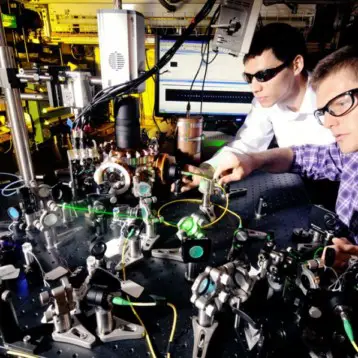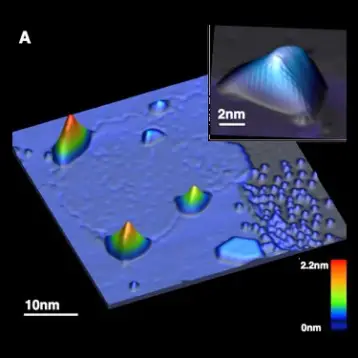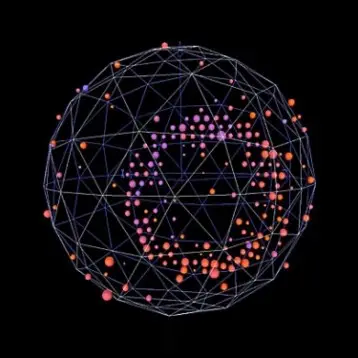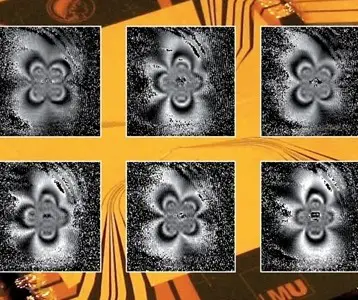It is believed that at the center of every galaxy lies a dormant Super-Massive Black Hole (SMBH). Some of these may be classified as Ultra-Massive Black Holes (UMBHs), black holes with a mass exceeding that of 5 billion suns. These black holes grow primarily by accreting gas from the surrounding galaxy. This growth probably begins at very high redshifts, i.e. long ago (higher redshift means earlier in time).
The new study conducted by Priyamvada Natarajan from Yale University, who is currently a fellow at the Radcliffe Institute for Advanced Study at Harvard, and Ezequiel Treister from the European Southern Observatory in Santiago, Chile, trace the accretion histories of the black holes. Using the quasar (very bright black holes) luminosity function, models of the cosmic X-ray background radiation and observational data regarding the rates of accretion in quasars at various redshifts, they suggest that SMBHs spend most of their lives in a low accretion state, and only a fraction of their life as bright quasars.
By tracing the accretion behavior of black holes the mass of the black hole can be obtained, as well as the rate of its growth. A study of the black hole’s spatial density, i.e. how many black holes are present per unit of volume, as a function of the black hole’s mass, reveals an abundance of UMBHs that is not in accordance with observations of today’s universe.
|
Natarajan and Treister suggest there is a self-regulation mechanism preventing the mass of a black hole from exceeding a certain value. Introducing this modification into the study of black hole spatial density, yields results that comply with observed data. These results show that while UMBHs are rare but nevertheless likely to exist, there is an upper limit on their mass.
To determine the mass limit, the scientists make use of the correlation between the properties of a black hole and those of its galaxy. In particular the strong correlation between the mass of the black hole and the velocity dispersion of its galaxy (the distribution of velocities of stars in the galaxy) is relevant to this calculation. Using various models that describe the connection between a galaxy’s velocity dispersion and the mass of the black hole lying at its center, they arrive at a limit in the area of 10 billion times the mass of the sun.
A likely place to find UMBHs is in bright and massive galaxies. The Sloan Digital Sky Survey (SDSS), a galaxy survey that began in 1998 and is still underway, may be able to detect these black holes and assist in furthering our understanding of galaxy formation and black hole assembly in the Universe.
TFOT reported on research confirming the leading theory regarding the behavior of galactic black holes, according to which the particles are accelerated by tightly-twisted magnetic fields close to the black hole. In another article TFOT covered a research that verified the blue color of quasar accretion disks. This was done by analyzing the emission spectra of the accretion disk surrounding the black hole.
Further information on the new study, scheduled for publication in Monthly Notices of the Royal Astronomical Society, can be found in the Arxiv website (PDF).












